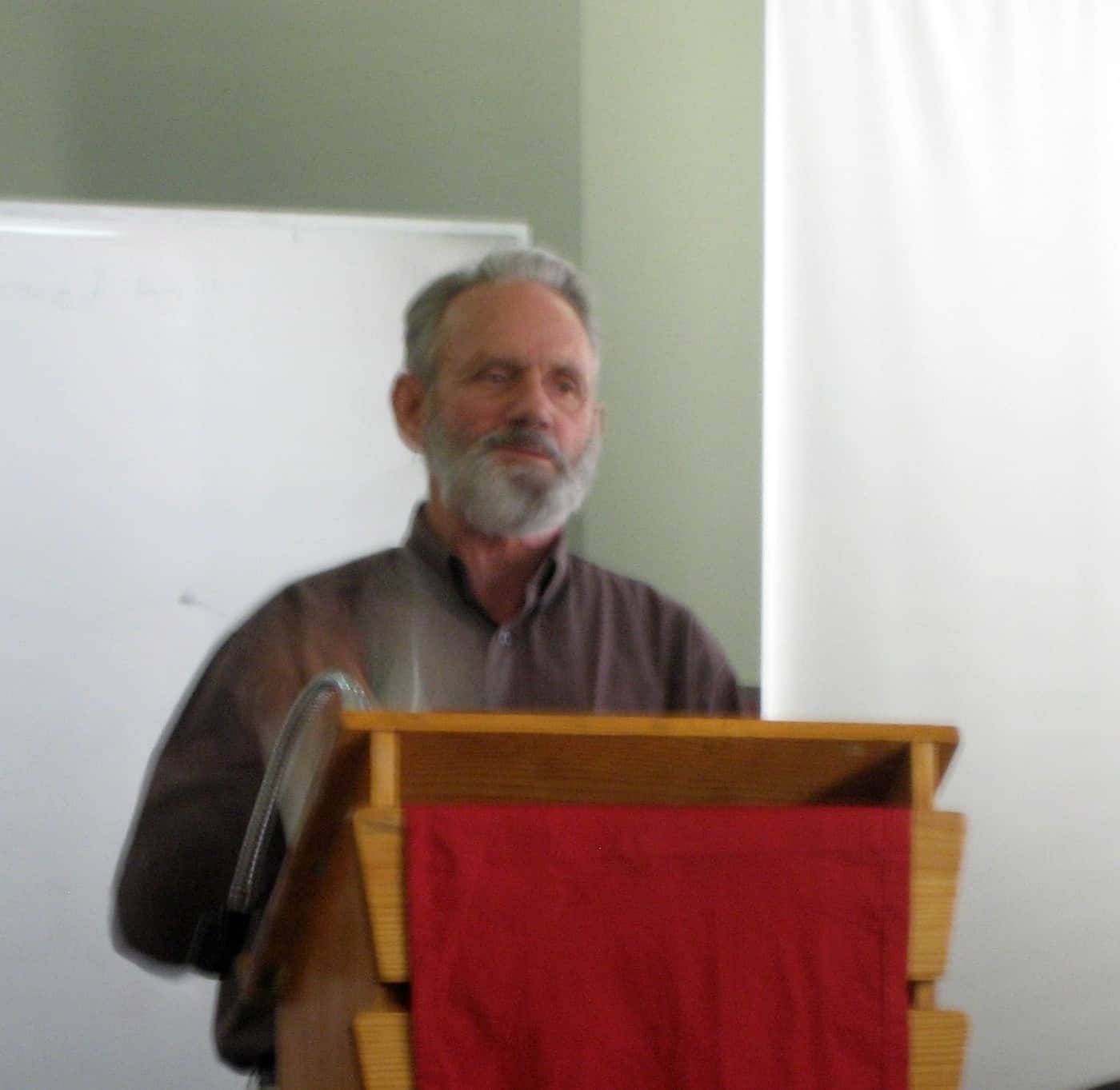Almost two years ago, two rail workers died in Queensland. According to the official report into the incident:
“At approximately 1056 on Friday 7 December 2007, two QR [Queensland Rail] Infrastructure Services Group (ISG) track workers were fatally injured as a consequence of being struck by a track machine (train) at Mindi, approximately 130 kilometres south-west of Mackay.
The collision occurred when Track Machine MMA59, in the process of conducting track resurfacing work on the Down line at Mindi, commenced a routine reversing movement.
During the process, two QR Systems Maintenance personnel, working on the same track and behind the track machine, were struck and fatally injured by this track machine.
Analysis of evidence and conditions surrounding the accident revealed:
- An overall lack of compliance with elements of the QR SMS at the Mindi site; and
- Inadequate communication and coordination between workgroups at the Mindi site.”
On 26 November 2009, Queensland Rail was fined $A650,000 over the deaths. The fine is only $A100,000 below the maximum fine applicable. According to a media release about the fine:
“The Workplace Health and Safety Queensland investigation found that QR’s safety management systems were inadequate for managing the separation of workers and plant, particularly when both were within the same section of track between signals.
It also found that QR knew the systems were inadequate and not working because it had been highlighted to management in a series of audits.”
Not only were Queensland Rail’s safety management systems inadequate, Queensland Rail knew they were inadequate because a series of audits had told it so.
Railway in Australia and elsewhere is one of the most regulated industries. It is also one of the industries with the most prescriptive set of rules. It is a complicated business but one where hazards are known and systems are in place to control these hazards.
The extent of QR’s failure to operate safely can be illustrated by some of the many recommendations made in 2008 by Queensland Transport:
- The necessity for consistent and effective Worksite Safety Briefings by ISG personnel;
- Preconditions to the reversal of vehicles in accordance with QR safeworking requirements;
- Responsibilities and training syllabi for ISG Resurfacing personnel;
- The necessity for pre-departure safety checks on ISG trains;
- Provision of safe separation and segregation between ISG track workers and trains;
- ISG SMS compliance monitoring, at the local level;
- Fatigue management within QR, and in particular ISG rostering;
- Management of the perceived relationship between ISG and Network Control;
- Awareness of the priority of safety over commercial pressures by remote ISG staff;
- Distribution of safety communications and documents within QR;
- Representation for relevant stakeholders in operational change management processes;
- Risk and change management training for ISG operational personnel;
- Safety risks presented to ISG through the permanent coupling of track machines;
- The safety value to QR of an enhanced and transparent reporting system;
- The management of ISG district staff relationship issues; and
- ISG and Network Access radio protocol compliance monitoring.
Many elements are familiar to other investigations in rail and other industries – fatigue, on-site communication, training, segregation, document control and distribution, local compliance enforcement, transparency in reporting…..
On 10 September 2008, the QR CEO Lance Hockridge said:
“When I arrived in November 2007, I found an organisation with a safety record that was improving but not what it should be. Only three weeks later we had a very tragic reminder of this when work colleagues Jamie Adams and Gary Watkins were killed at Mindi.
“Organisations hoping to achieve meaningful change must firstly be honest with themselves – we need to confront this reality and make the changes required.”
Queensland Rail did not face the reality of problems identified by safety auditors and two workers died.
The news of the record fine came at a time when the ownership of Victoria’s metropolitan rail network has changed from Connex to Metro. Victoria has a stressed rail service but has managed to avoid the controversy of Queensland Rail and RailCorp in New South Wales but this has been through luck rather than good management. The Victorian Government, and particularly the Transport Minister, Lynne Kosky, needs to read the Waterfall Inquiry report and the Queensland Mindi report to understand the personal, economic and political cost of not having a tightly managed, functional rail safety regime. Having been in power for just over 10 years, this government now owns all the Victorian problems and must account to the electorate for not fixing them.
The political risk was summarized in an editorial in The Age on 30 November 2009
“In September, a Senate report into federal funding of public transport found Melbourne’s network was badly managed in comparison with Perth’s government-operated system. A key problem was lack of accountability: it was unclear who was in charge. The consequences of the lack of an overarching transit authority to oversee the whole system are clear…..
New operators of trains and trams in new livery will struggle to deliver acceptable service unless the Government makes good its past neglect of infrastructure.”
The fact that the Victorian rail system is being privately operated will not be an acceptable shield when the first passenger train crashes with a jam-packed peak hour cargo.








